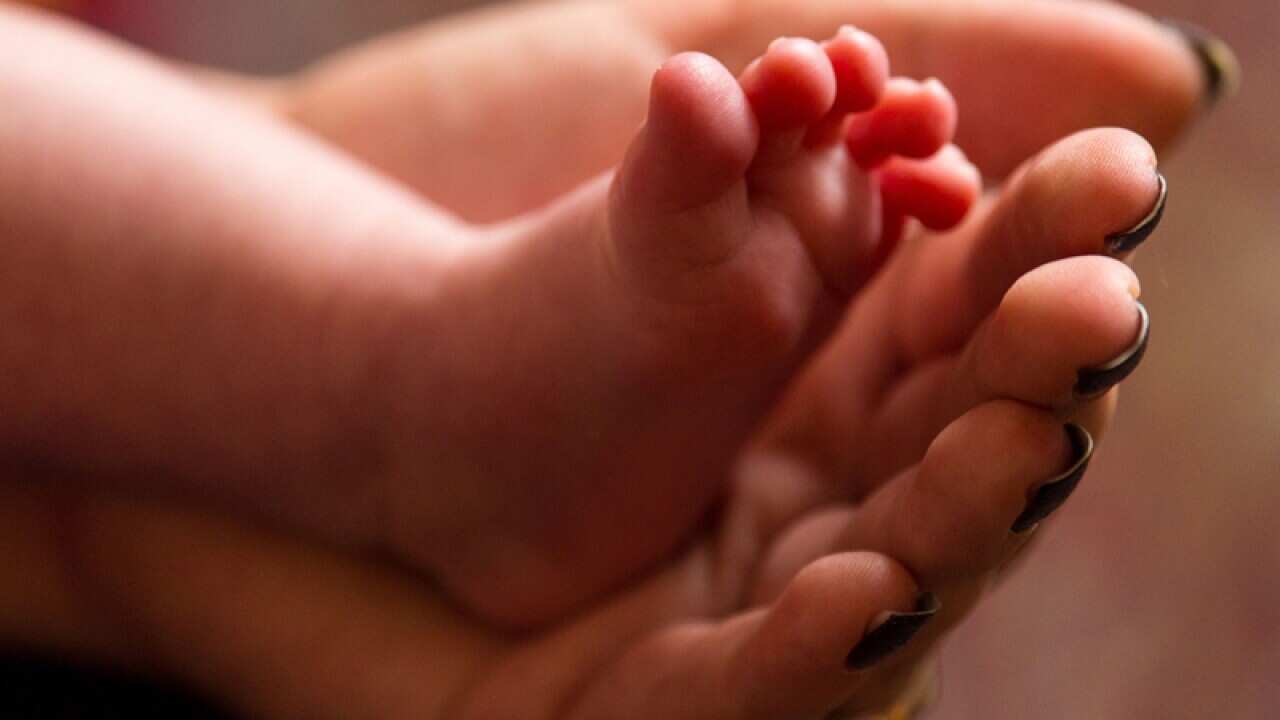The findings have prompted a rethink of international guidelines and the tailoring of late-term foetal monitoring for mothers from different ethnic backgrounds.
New research from the Hudson Institute in Melbourne shows stillbirth is most prevalent among women from countries such as India, Sri Lanka and Afghanistan.
Researcher Miranda Davies-Tuck said for many women from South Asia and Africa now living in Australia, pregnancies end with the pain and trauma of stillbirth.
40 per cent increased risk for South Asian, African women
"When we took into account all the other factors that could increase their risk of stillbirth, the South Asian and African mothers tended to have, on average, about a 40 per cent increased risk of stillbirth, compared to the Australian-born women," she told SBS World News.
Monash Medical Centre obstetrician Dr Shavi Fernando said the findings had the potential to change international practice when it came to caring for pregnant mothers.
"We suspect that South Asian women have a shorter gestation than Caucasian women and even South-East Asian women," he said.
"We suspect that these babies just mature earlier and, therefore, their placentas fail earlier as well."
Related reading

Stillbirth rate in Australia is 'horrifying'
Push to develop new guidelines
The study of almost 700,000 births in Victoria between 2000 and 2011 showed the overall stillbirth rate for South Asian-born mothers was just over five for every thousand.
The figure was 3.3 per thousand for those from Australia and New Zealand.
With the research, obstetricians were developing new guidelines which would bring forward the crucial post-term surveillance of pregnant mothers of South Asian background.
It would move from 41-and-a-half weeks to 39.
Dr Fernando said it could lead to recommending induced labour at 40 weeks - or even earlier.
"I think the most exciting thing is that it will change clinical practice in Australia and probably even overseas where populations from South Asia are high," he said.
"I think that already, in my private practice, I'm starting to induce South Asian women earlier."
With Australia's increasingly multicultural mix, the findings may also explain why the country's stillbirth numbers continue to rise.
Red Nose Day Foundation chief executive Yvonne Amos said there was mystery around the figures.
"2200 stillbirths occur each year, with 50 per cent of those stillbirths with no known cause," she said.
"Without identifying the cause, the trend would continue to increase."
'It's like someone's ripped your heart out'
Geelong mother Amanda Robinson was one of those who has experienced the tragedy of losing her baby son.
"It's like, I don't know how to describe it. It's just heart-wrenching," she said.
"It's like someone's ripped your heart out. I'll never forget my sister's face when he was born. My ex-husband, my mother-in-law and my whole family went through so much."
The experience of birth was different for Indian-born Arkesh and Beena Patel of Melbourne, who celebrated the arrival of their baby boy, Daiwek.
For Mr Patel, the birth of his son was an exciting bundle of joy.
"Yeah, about 3kg weight, nearly 3kg weight, 52.5 centimetres in length, and nice and healthy," he said.
"Very exciting time actually."


